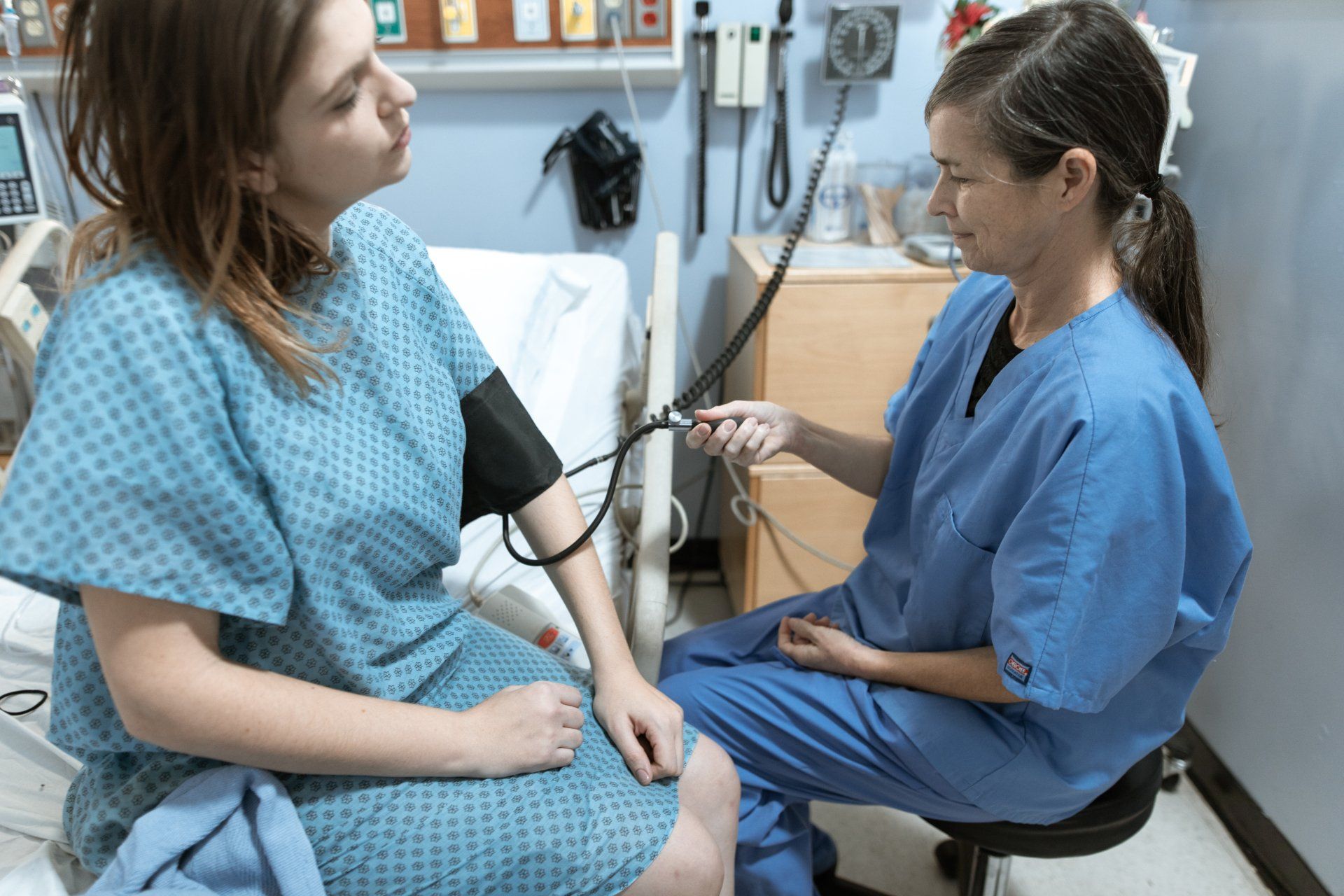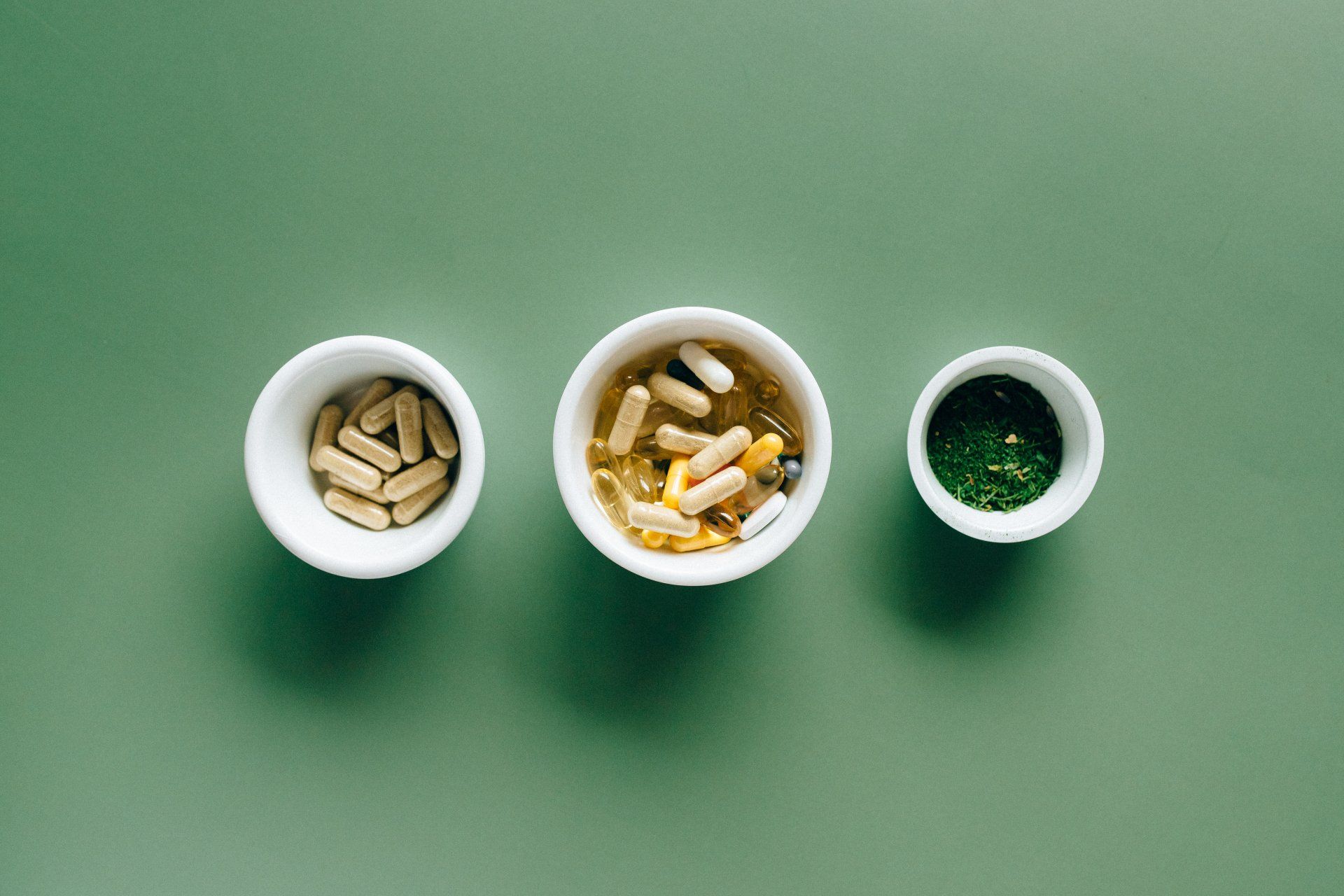Infertility and IVF

Infertility is still a problem for many couples in the United States.
Both men and women can have identifiable infertility factors, but there are instances when reasons for infertility are not known. Depending on the causative factor, these couples may look into infertility services which can be as simple as taking certain medications to improve sperm count and ovulation, or more invasive procedures like intrauterine insemination (IUI), sperm retrieval, or undergoing corrective surgeries.
Another evolving invasive procedure is assisted reproductive technology (ART).
In vitro fertilization (IVF) is a form of ART. When you think of IVF you are most likely thinking of the conventional form of IVF.
The other less known forms of IVF that can still be an option are natural cycle IVF or minimal stimulation IVF, both of which have their pros and cons.
In all forms of IVF, the procedure remains relatively the same.
- The mature eggs are retrieved from the woman’s ovaries and fertilized by the man’s sperm in a lab. This can be done by allowing the sperm to penetrate the egg or through intracytoplasmic sperm injection (ICSI).
- Once at an embryo stage of development it is then transferred to the woman’s uterus in the hopes that it will implant.
The difference in these IVF options are the medications used, side effects, cost, and the goal of therapy.
Conventional IVF
In conventional IVF the goal of therapy is quantity.
More medications are used to induce the production of more eggs thus increasing the chance of ovarian hyper-stimulation syndrome (OHSS).
OHSS is characterized by abdominal pain, bloating, rapid weight gain, or shortness of breath due to fluid buildup in the abdomen and chest.
Other drawbacks of this form of IVF are that it is more costly because more medications are used and can be more invasive as more injections are needed. Since more eggs are produced using this form of IVF, sedation or general anesthesia is needed to retrieve the eggs, increasing the cost and side effects.
Minimal Stimulation IVF
In minimal stimulation IVF, the goal of therapy is quality. Less medication means fewer eggs are produced but with increased viability, or quality.
This form of IVF reduces the cost and the chances of having multiples (twins, triplets, etc.)
Since fewer eggs are produced, most clinicians can utilize local anesthetics instead of generalized sedation, keeping the cost lower.
One of the downsides of having fewer eggs is you may not have eggs to freeze for later implantation. This form of IVF can also take longer as it involves waiting for the next menstrual cycle for embryo transfer.
Natural Cycle IVF
Natural cycle IVF is a minimalistic approach and is the endogenous form of IVF, which utilizes the woman’s own hormones to develop a single egg. Although medications used to stimulate the ovary to produce multiple eggs are eliminated, some medications can be used to prevent early ovulation and support the maturation of the egg.
Pregnancy rates are lower than conventional IVF, but it is an alternative for some couples. These include couples with multiple failures attempting conventional IVF, couples with male factor infertility (low sperm count or quality), or women with predisposing factors that cannot tolerate the medications associated with conventional IVF, such as cancer. One other disadvantage is that the availability of only one egg eliminates the couple's option of gender preference selection.
While the use of minimal stimulation and natural cycle IVF has been a slow introduction into clinical practice, it’s good for couples to know there are other options.
Discussing the best treatment with your provider is recommended as each couple has differing factors contributing to their infertility or health.
References:
Infertility: Diagnosis & Treatment- (mayoclinic.org)
In vitro fertilization (IVF)- (medlineplus.gov)
MiST IVF offers less expensive, easier treatment for motivated parents- (mayoclinic.org)
Natural Cycle IVF- (uscfertility.org)
Author Bio:
Madison Carpenter, RN, BSN, CCRN is a nurse with nine years of bedside experience in a variety of settings. From medsurg/tele to ICU, ER, and now PACU. She hopes to now bring her extensive knowledge and love for patient and fellow nurse education through writing.
Thank you for reading Patient Education Essentials, the Write Shift RN blog.
Disclaimer: This article was written as a guest post for Write Shift RN LLC's blog. The information in it may not be wholly fact-checked or edited, allowing the reader to see the writer's work and skills firsthand.
This information is not intended as medical advice. It is for informational and educational purposes only. Always talk to your doctor or other qualified healthcare providers about any questions or concerns you may have regarding medical conditions.











